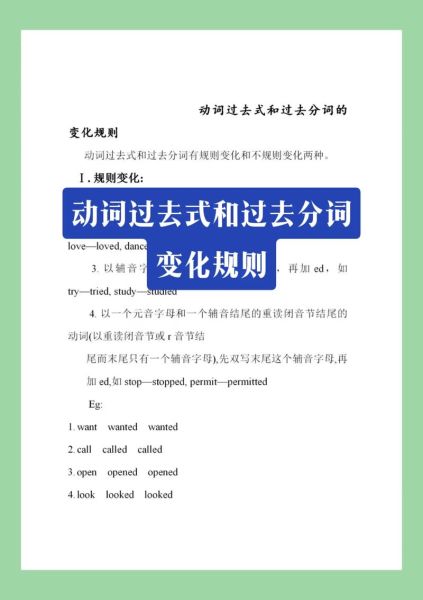Title: Understanding the Nuances Between Simple Past Tense and Past Continuous
The English language, with its intricate web of rules, often presents a labyrinth for learners to navigate. Among the grammatical distinctions that can perplex even the most astute students are the simple past tense and the past continuous tense. These two forms are not interchangeable but serve distinct functions in narrating events from the past. This article aims to dissect these differences and provide clear examples for a better understanding.
The simple past tense is one of the most commonly used verb tenses in English. It is employed to describe actions or events that were completed at a specific point in the past, without any connection to another action or period. The simple past can be recognized by the addition of "-ed" to the base form of regular verbs, though irregular verbs follow unique conjugation patterns. For instance, "walked," "talked," and "played" are all in the simple past tense.
Consider the sentence: "I visited the museum yesterday." Here, "visited" is in the simple past tense, indicating a completed action on a specific day.
The past continuous tense, also known as the past progressive tense, describes ongoing actions that were in progress at a certain moment in the past. It provides a backdrop against which other events occur or emphasizes the duration of the action. The past continuous is formed using the past tense of the verb "to be" (was/were) followed by the present participle of the main verb (the "-ing" form).

For example: "I was reading a book when you called me last night." The phrase "was reading" indicates an action ongoing at a particular moment in the past.
To further elucidate the distinctions between these tenses, let's delve into their uses with illustrative sentences:
Simple Past Tense Uses:
- Completed Actions: The simple past expresses actions that have been finished. "She baked cookies for the party."
- Series of Completed Actions: When recounting a series of events, the simple past is typically used. "We went to Paris, saw the Eiffel Tower, and tasted delicious French cuisine."
- Habits in the Past: The simple past can describe habitual actions that were true for a period of time in the past. "When I was a child, I played soccer every weekend."
- Time Clauses after Certain Reporting Verbs: After verbs like "said," "explained," and "wrote," the simple past is often used to report what was said. "He explained that he was tired."
Past Continuous Tense Uses:
- Ongoing Actions in the Past: The past continuous highlights actions that were in progress at a given moment or throughout a period. "It was raining heavily when we started our trip."
- Background to an Event: It sets a background scene for another action in the past, which usually happens in simple past tense. "While I was driving to work, I heard the news on the radio."
- Two Long Actions: It contrasts two long actions happening simultaneously, especially when one interrupts the other. "I was studying while my sister was watching TV."
- Polite Inquiries about Ongoing Actions: The past continuous can be utilized to politely ask about someone's actions at a particular moment in the past. "What were you doing at 8 o’clock last night?"
Despite their different applications, there are instances where the choice between simple past and past continuous can be subtle and subjective, often influenced by the speaker’s intention to convey a sense of completeness, duration, or immediacy.
In summary, while both the simple past and the past continuous deal with actions that occurred and concluded in the past, they differ significantly in their focus and use. The simple past is concerned with the act itself, suggesting completeness and often used to list actions in sequence. In contrast, the past continuous focuses on the duration of the activity and how different events overlapped during a specific timeframe.
Mastering when to use each tense can greatly enhance clarity in storytelling and communication. It allows speakers and writers to craft narratives with precision, ensuring listeners and readers can distinguish between actions that were fleeting moments and those that were prolonged experiences. As with many aspects of language learning, practice and exposure to native usage are key to becoming adept with these grammatical nuances, so learners should seek out opportunities to read and engage with English content where these tenses are employed effectively.
本文来自作者[每个布景]投稿,不代表智博立场,如若转载,请注明出处:https://zhibor.cn/changshi/202503-25152.html


评论列表(4条)
我是智博的签约作者“每个布景”!
希望本篇文章《过去进行时和一般过去时的区别英语解释 一般过去时和现在过去时的区别》能对你有所帮助!
本站[智博]内容主要涵盖:知识科普
本文概览:Title: Understanding the Nuances Between Simple Past Tense and Past ContinuousThe Englis...